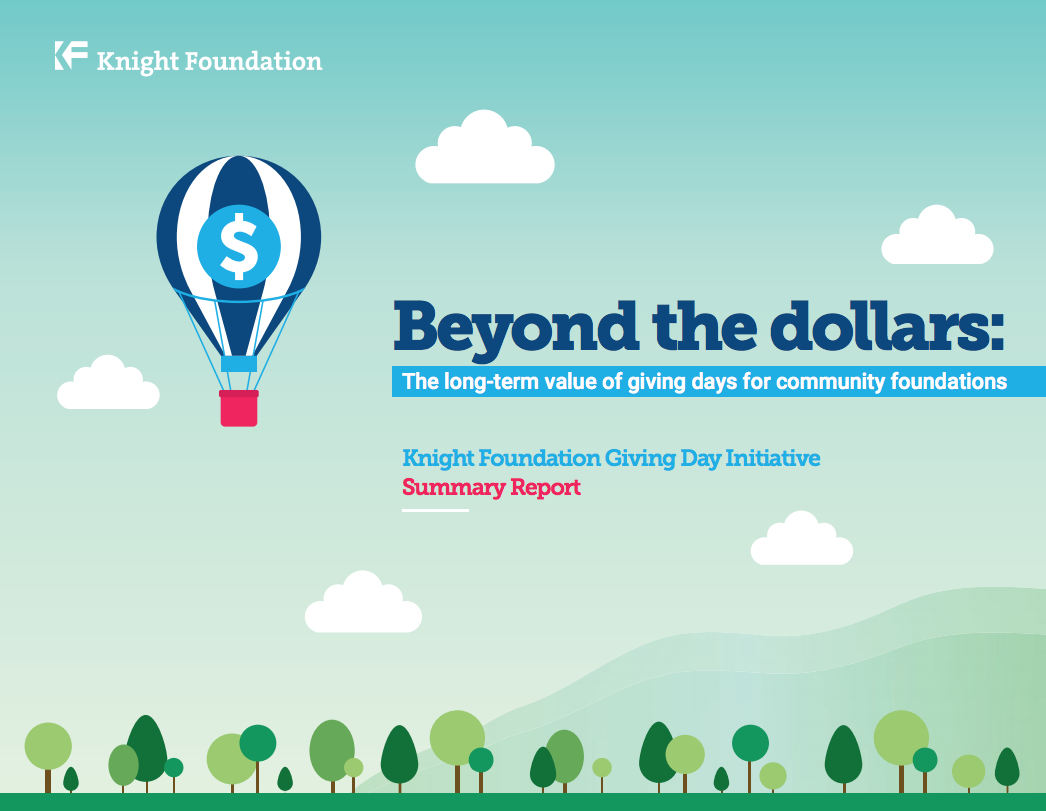Leaders in every sector are struggling to plan for a future in which social, digital, political and economic forces create unpredictable change quicker than ever – and the philanthropic field is no exception. To survive and thrive in this turbulent environment, philanthropic leaders must learn to read early signs of imminent upheaval, adapt their organizations in time and take advantage of new opportunities.
In this report, Paul J. H. Schoemaker and George S. Day, research faculty at the Wharton School of the University of Pennsylvania, and Sam Gill, Vice President of the John S. and James L. Knight Foundation, examine the ability of foundations to detect and respond to early signals of threats and opportunities. They surveyed 93 leaders from a wide range of foundations and corporate charities to compare their findings to best practices of global corporations and credit unions, as another non-profit domain.
KEY FINDINGS:
- Most foundations believe that external conditions, such as technology disruptions and changing stakeholders, will impact their work in unpredictable ways.
- While foundation leaders anticipate that greater turbulence is highly likely, most are quite confident in their ability to prepare and adapt in time.
- Foundations best equipped to cope with future uncertainty will need to develop capabilities characteristic of “vigilant” organizations in general.
- “Vigilant” organizations tend to share following key attributes. They:
- Exercise leadership with curiosity, openness and a willingness to play the long game;
- Adopt a flexible and inclusive process around strategic planning, frequently revising priorities and directions as situations change;
- Invest in systems that allow them to anticipate shifts in their business, including directed searches for opportunities to innovate, a portfolio of small experiments and teams focused on forward thinking, innovation and data;
- Alignment around scanning tasks, with clear processes for coordination and accountability to help spot and act on weak signals in time.
- To become more vigilant, foundations and their leaders should: Demonstrate senior level commitment to vigilance by encouraging diversity in new hires and promote to increase the variety of perspectives heard
- Create a diversified network outside their sector and allocate sufficient resources to scan that informal strategic radar system for weak signals
- Invest in organizational capabilities to look ahead and systematize the search for threats and opportunities that are outside as well as inside the organization;
- Create an organizational strategy that encourages input from voices beyond the leadership team and by using “outside-in” approaches to learn faster
- Engage the entire organization in preventing rigid bureaucracy, narrow mindsets and a fear of change, in order to sense and seize future opportunities.
Considering that many foundations scored themselves as well-prepared for additional turbulence, but in fact may not have of the above capabilities in place yet perhaps, senior executives and their boards may wish to conduct a reality check.
They can start by using the survey questions at the end of this report to assess how prepared their own organization really is for the future, and then focus on areas of deficiency so their foundation will truly be able to thrive in an increasingly unpredictable landscape.
-
Community Impact / Report
-
Community Impact / Report
-
Community Impact / Report
- No Time for ComplacencyExternal Content / Website




